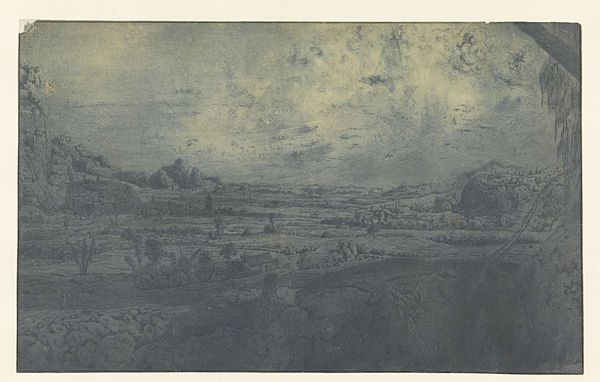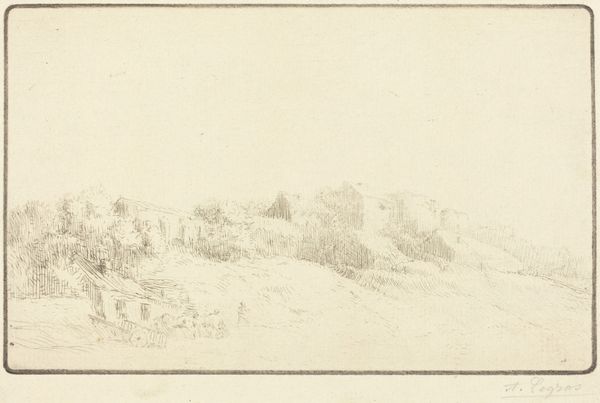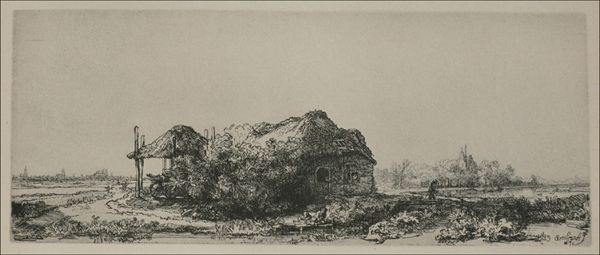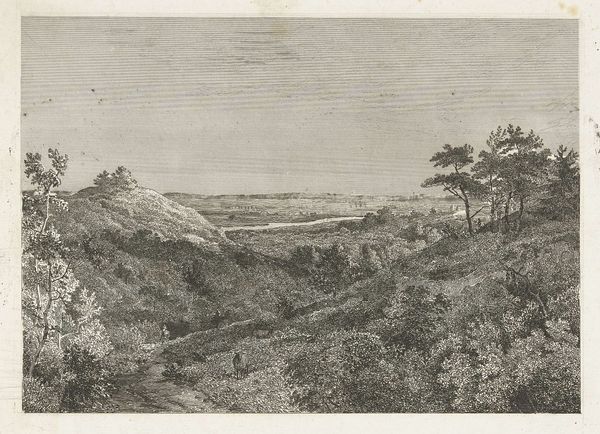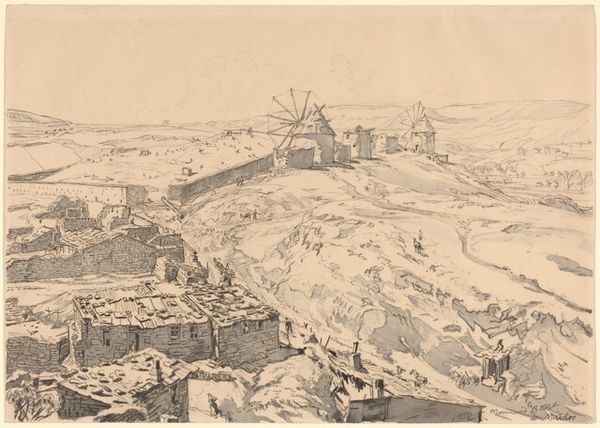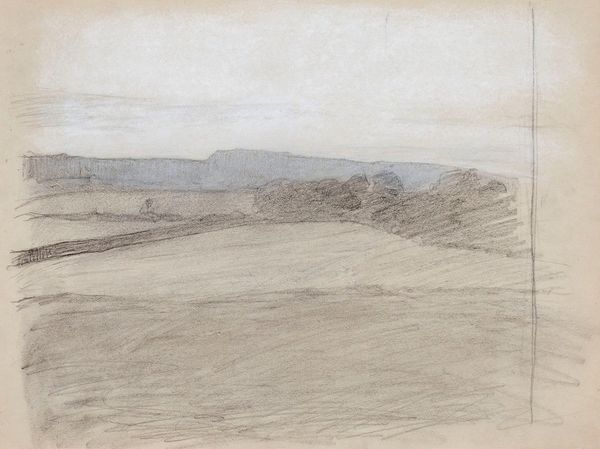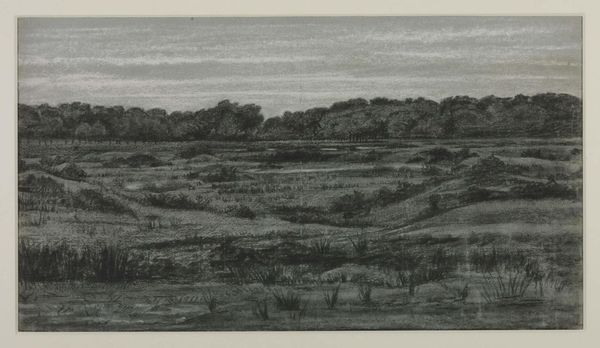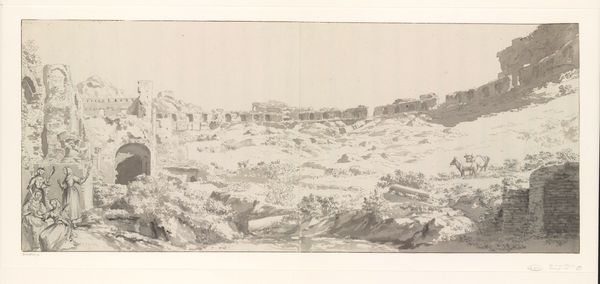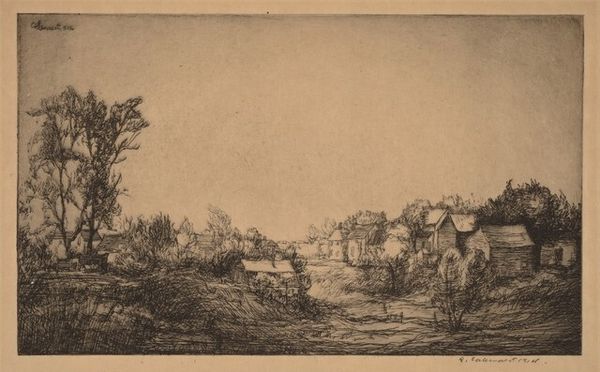
etching
#
dutch-golden-age
#
etching
#
landscape
#
realism
Dimensions: height 225 mm, width 489 mm
Copyright: Rijks Museum: Open Domain
Editor: This is Hercules Segers' "Mountain Valley with Fenced Fields," an etching from around 1625 to 1630. It feels quite desolate, almost apocalyptic. What do you see in this piece that I might be missing? Curator: This work hits differently when you consider the social landscape of the Dutch Golden Age. Etchings like these weren’t just landscapes; they were statements. Segers is subtly showing us the impact of land enclosure, right? Editor: Land enclosure? I thought that was more of an English phenomenon. Curator: Not exclusively. Throughout Europe, powerful individuals and groups consolidated land, dispossessing commoners. Segers, with his bleak palette and fenced fields, implicitly critiques this societal shift. Look how small the human presence is compared to the vast, almost oppressive landscape. What does that tell us? Editor: That humans are insignificant in the grand scheme of nature... Or perhaps that something unnatural is dominating this world? Curator: Precisely! Consider how class structures dictate access to and control of resources. Whose perspective do you think Segers is aligning himself with in this work? Editor: Probably the people being displaced, given that the land seems unwelcoming and partitioned. It certainly casts a different light on what I initially perceived as a mere landscape. Curator: Absolutely. And the deliberate crudeness of the etching process might also be read as a commentary on the raw and often brutal realities of this socio-economic transformation. Seeing landscape not just as scenery, but as evidence of power structures changing society? Editor: Definitely! It's made me think about how even seemingly simple landscape art can carry complex social and political weight. Curator: Exactly, and about how we bring our own understanding of contemporary social injustice into dialogue with these older pieces.
Comments
No comments
Be the first to comment and join the conversation on the ultimate creative platform.
